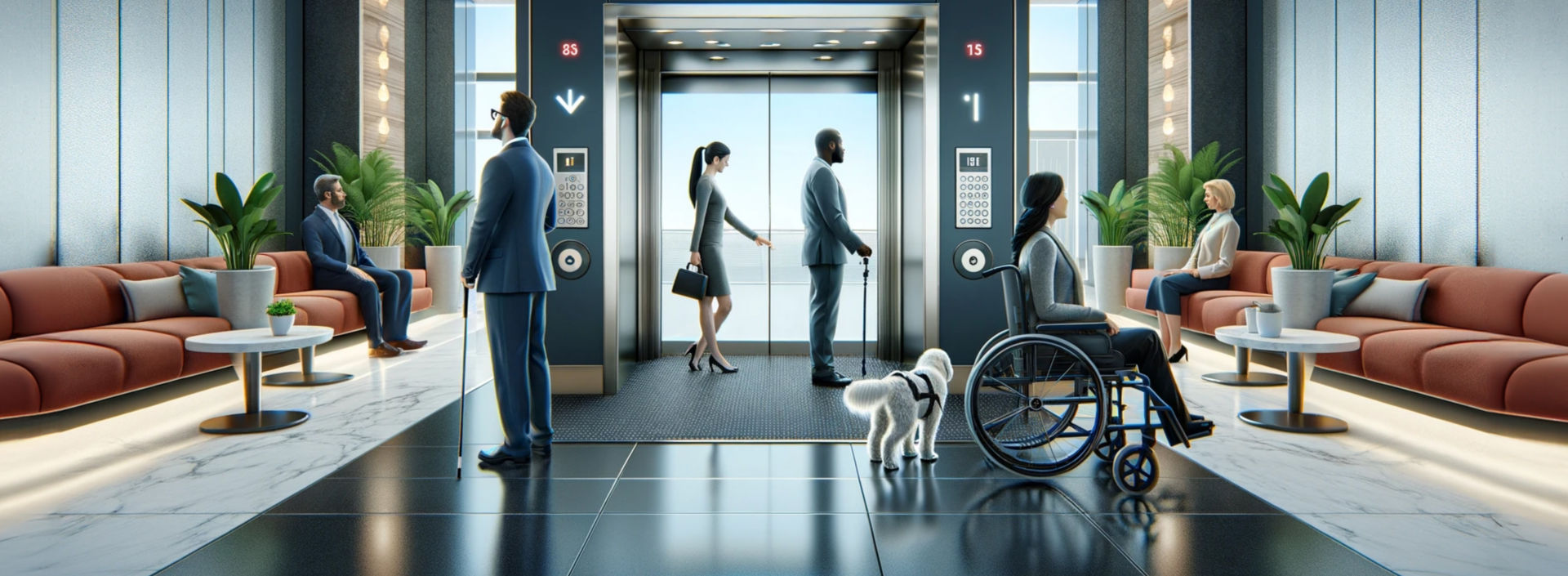The elevator industry has significantly evolved to improve accessibility for people with disabilities, ensuring that these essential systems facilitate rather than hinder mobility. This evolution is evident in several key areas:
Standard Features
Modern elevators now commonly include braille buttons and wheelchair ramps as standard features, demonstrating the industry's commitment to accessibility. This integration is increasingly mandated by building codes and reflects a societal shift towards greater inclusivity.
Design Innovations
Manufacturers have developed specialized elevators that cater specifically to the needs of people with disabilities. These elevators boast wider doors, lower buttons for easy reach, spacious interiors to accommodate wheelchairs, as well as auditory and visual aids for those with sensory impairments. Additionally, they often feature emergency communication devices placed within reach for safety.
Retrofitting Efforts
There is a concerted effort to retrofit older elevators with ramps, accessible control panels, and other features to enhance usability for individuals with disabilities. This not only helps in making existing buildings more accessible but also ensures compliance with current regulations.
Legislative Compliance
The Americans with Disabilities Act (ADA) in the United States, and the Accessibility for Ontarians with Disabilities Act (AODA) in Ontario, Canada have been pivotal pieces of legislation, establishing essential guidelines for the accessibility of public and private spaces. Elevator compliance with ADA standards is now a baseline requirement, guaranteeing that elevator access is safe and accommodating for all users.
Technological Advancements
The industry is harnessing cutting-edge technology to further enhance accessibility. Smart elevators that respond to smartphone commands and touchless systems utilizing facial recognition are on the forefront of these advancements, illustrating a future where technology further simplifies elevator use for people with disabilities.
Dedication to Inclusivity and Safety
Through these initiatives, the elevator industry demonstrates an ongoing dedication to inclusivity and safety, ensuring that the vertical movement is not a barrier but a facilitator for people with disabilities. This commitment to continual improvement and innovation indicates that accessibility remains a priority, with the industry striving to meet the diverse needs of all its users.
For Help on This Subject
If you're dealing with an old, outdated elevator that is presenting a challenge to those with disabilities, KONE can help. See this page for more information:
